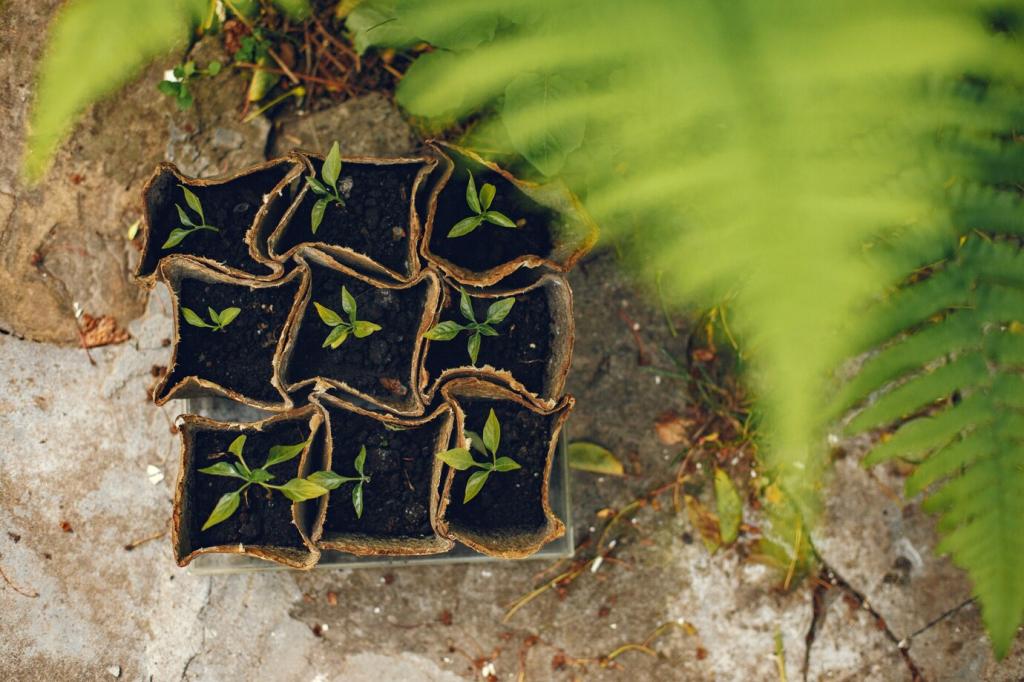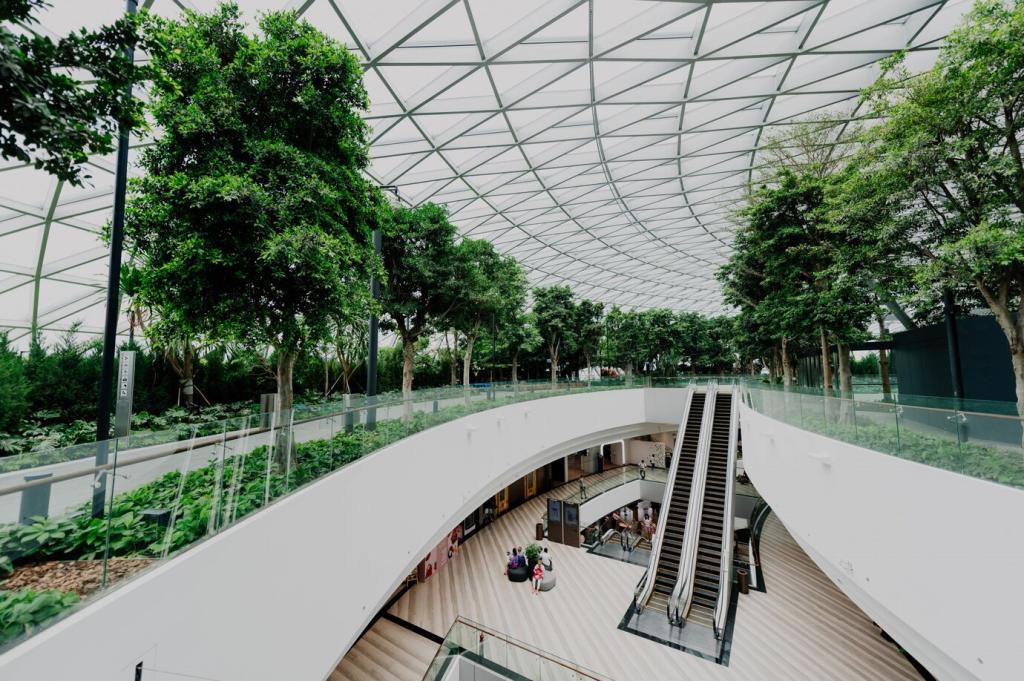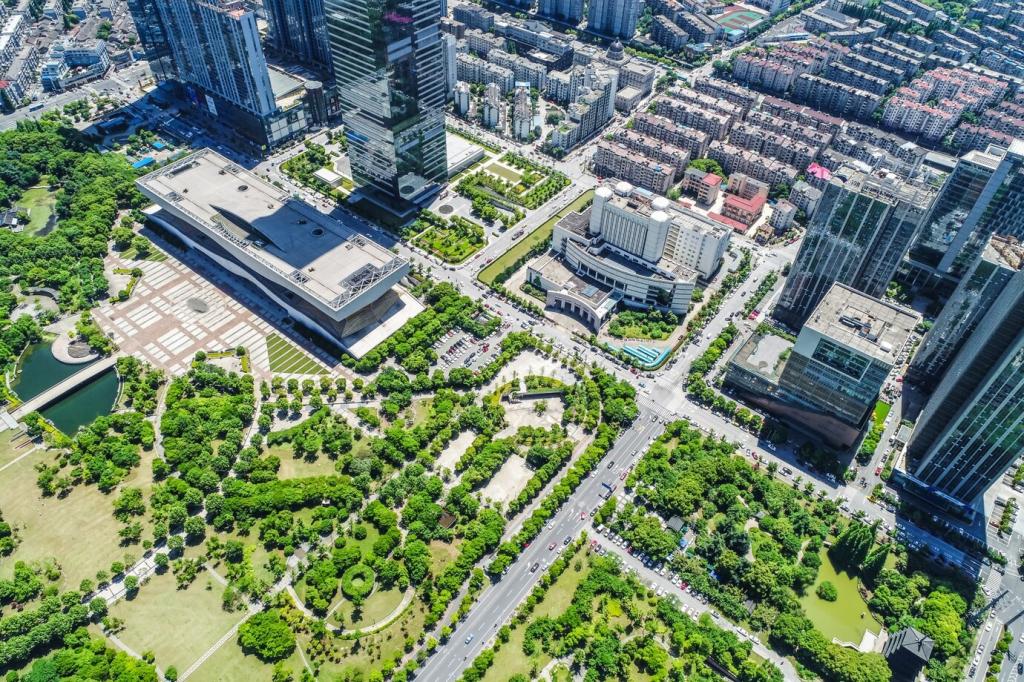Soil Reborn Beneath Our Feet
A layered mulch-and-compost blanket kick-started decomposition, held moisture, and softened stubborn subsoil. Within months, roots explored new niches. Share your favorite soil recipes or ask about sourcing low-cost amendments for community projects.
Soil Reborn Beneath Our Feet
Inoculated saplings formed fungal partnerships that traded sugars for nutrients, boosting drought resilience. One volunteer joked, “We planted Wi‑Fi for roots.” Tell us if you’ve experimented with inoculants and what changes you noticed above ground.
Soil Reborn Beneath Our Feet
Broadforking and leaf litter transformed hardpan into crumbly structure. Puddles vanished faster after storms as pore spaces reopened. Post your before-and-after soil photos and inspire neighbors to give their sidewalks a living sponge beneath.
Soil Reborn Beneath Our Feet
Lorem ipsum dolor sit amet, consectetur adipiscing elit. Ut elit tellus, luctus nec ullamcorper mattis, pulvinar dapibus leo.








